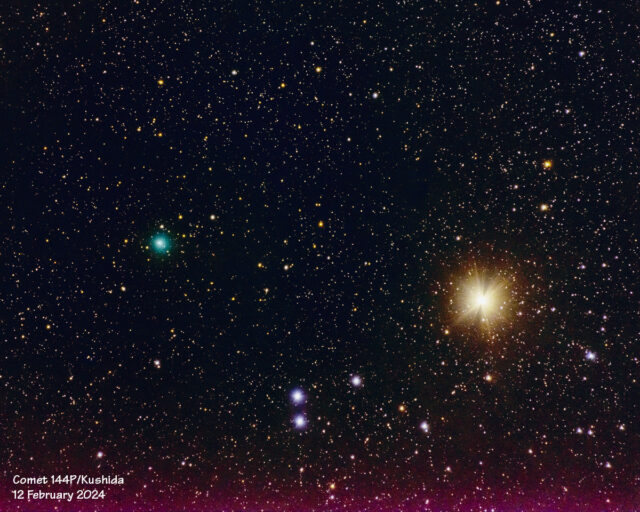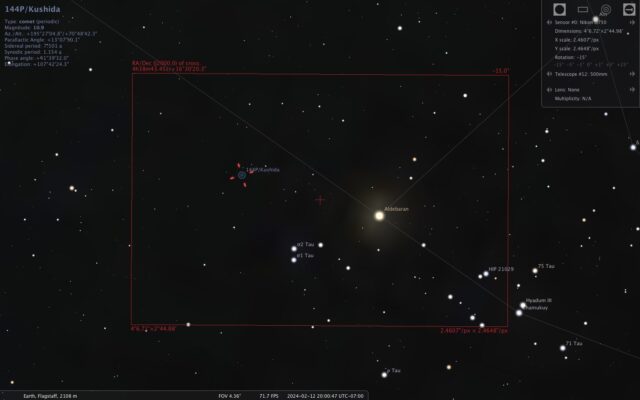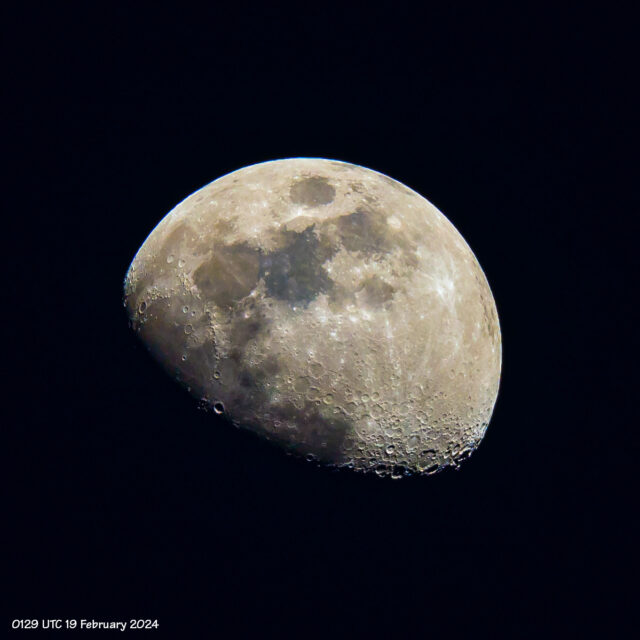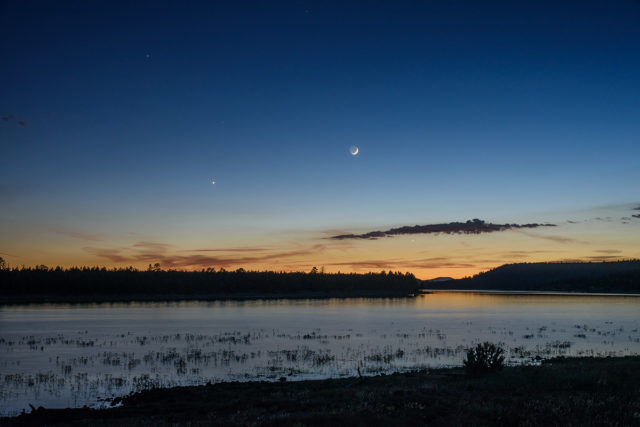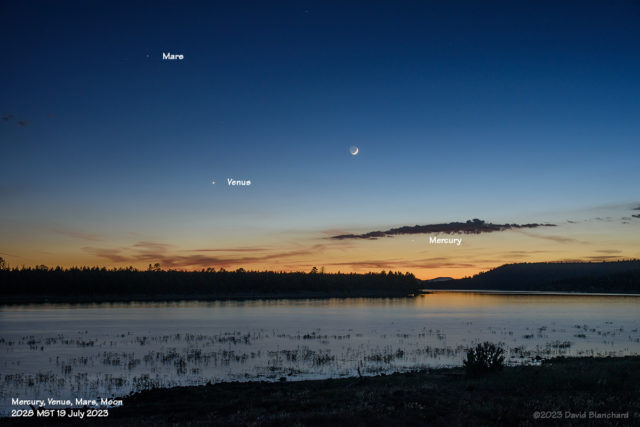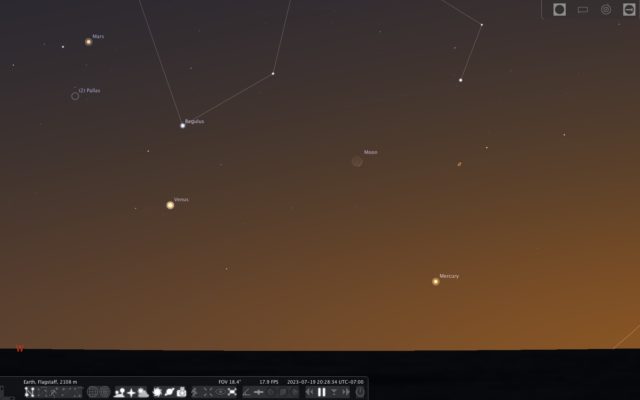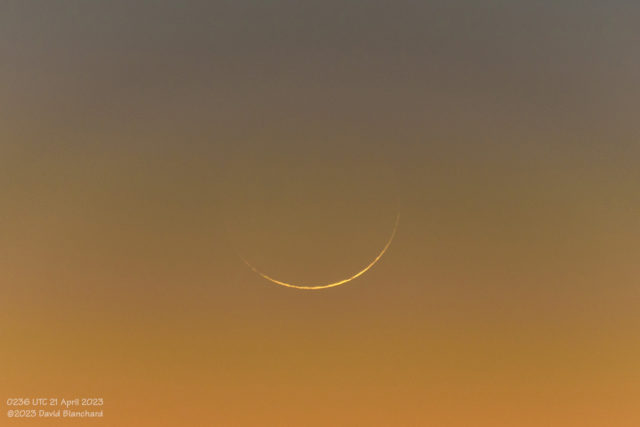It is the season for capturing the nearly-full Moon as it rises behind Cathedral Rock in Sedona, Arizona. The best time to capture this is a day (or two) before the actual full Moon so that late afternoon sunlight still illuminates Cathedral Rock. The Photographers Ephemeris (TPE) was used to determine the best location to shoot this as it became visible between the towers.
Unfortunately, there was a major dust storm the day and dust remained in the air partially obscuring the Moon at lower elevation angles. The Moon got brighter as it rose higher in the sky.

And here is a time-lapse sequence of the Moon rising.
Time-lapse sequence of the Moon rising behind Cathedral Rock.
Bonus:
Here is additional Moon photograph taken at Upper Lake Mary near Flagstaff in early June. I was going for the reflection.



